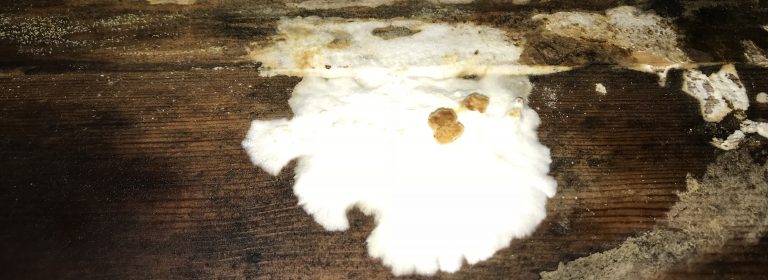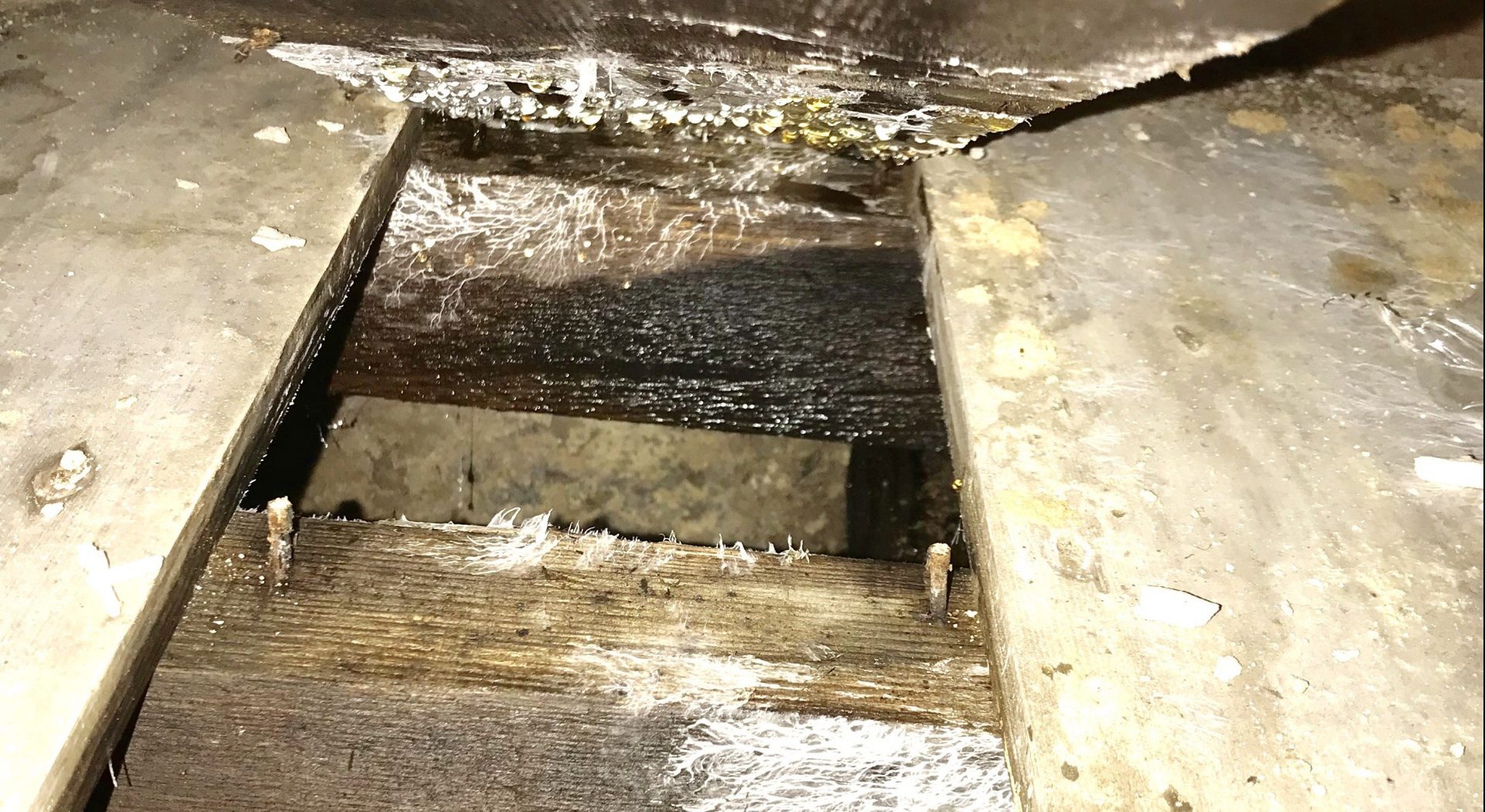
When it comes to treating damp and timber problems, a bespoke service is always required. At Garratt’s Damp & Timber LTD, we never employ a one-size-fits-all solution and always survey at length to determine the most effective course of action for your home. So don’t just take our word for it; head over to our case studies page to learn more about our work across multiple property types.
Wet rot is a prolific damaging fungal infection that can spread through a house’s timber structure if left untreated. The presence of wet rot can be concerning for homeowners. Not only does it compromise the integrity of the fabric of the property, but it can also highlight underlying issues of damp that need to be identified and rectified for the wet rot to be treated effectively.
If you have identified wet rot in your building, you must seek immediate treatment. Garratt’s Damp & Timber has over 20 years of experience in identifying and treating wet rot in London and the home counties and can carry out a no-obligation survey. The Garratt’s qualified team of surveyors and experts will identify and address your wet rot problems, as well as advise you on how to prevent future issues through lifestyle changes, home improvements and ventilation systems.
FAQs
What is wet rot?
Wet rot is a term used to describe multiple species of fungus that grow on porous substances like wood when there is a moisture level of at least 28%. Wet rot gained its name because, for some species, it requires a significantly higher moisture level than the other primary cause of timber damage in homes, dry rot.
What does wet rot look like?
Whilst wet rot refers to a variety of different fungus species, the most common wet rot comes in the form of ‘cellar fungus’ (coniophora puteana). This brown rot displays itself as a sheet-like growth with delicate brown threads sprouting from the rotting wood. Unlike dry rot, it’s rare to see the fruiting body of wet rot, but it tends to be brown with a slightly lumpy texture and cream-coloured margins.
Cellar fungus and mine fungus (fibroporia vaillantii) are the most common, but there are plenty of other fungi that cause wet rot, with many fitting into the white rot category. White rot causes similar problems to brown rot, but it differs in appearance. The most common type of white rot is phellinus contiguous, which presents a light brown, sheet-like growth. Often, light brown threads can also be found sprouting from the wet wood, although the biggest visual difference between wet rot and dry rot is the rarely seen fruiting body which is brown with a woody nature. It can have a corrugated appearance and forms to the contour of the affected timber.
How else can wet rot be identified?
In general, wet rot will make timber feel soft and spongy to the touch; however, it can also be brittle and dry if it’s historic brown rot. Wood in the affected area will look darker (brown wet rot) or lighter (white wet rot) than the rest of the timber. Wet rot can often be identified in timber floors by movement underfoot, gaps opening between the floor level and skirting boards can also lead to identification.
Visible growing fungus is always a sign that something is wrong, so it’s essential to investigate the issue further as soon as possible.
Other less obvious signs of wet rot include:
- A damp, musty smell in the room
- Bounce or movement to timber floors
- Bleached wood – white wet rot species
- Darkened wood – brown wet rot species
- Shrinking wood
- Damaged or flaky paintwork (though this can be caused by other issues, too)
- Cuboidal cracking of the wood
If you’re ever unsure about the severity or presence of wet rot, try pushing a sharp object into the suspected wood. If the wood is healthy, it will have trouble passing through. If it easily enters the wood, you can be sure that the moisture content of the timber is too high, and you have a problem on your hands, even if wet rot hasn’t set in yet.
Does wet rot spread?
Although wet rot does not spread as vociferously as dry rot, it can still cause considerable damage to your timbers if left untreated. If you are at all concerned that your property may have wet rot, call Garratt’s immediately to book a survey.
Can wet rot be treated?
With almost all fungus-related timber issues, the first stage of the wet rot treatment process is stopping the wood from getting wet. If water is entering the property and the wood, be it through plumbing leaks, broken guttering, or something else, it’s essential to locate where the water is coming from and stop it.
Afterwards, the wood must be left to dry out before we can look at just how bad the wet rot problem has become. Any severely weakened portions of wood will need to be replaced to ensure structural stability, which is why evaluating whether your timber needs to be replaced is a big part of our wet rot treatment service.
What is the cost of treating wet rot?
The cost of wet rot treatment varies greatly depending on the size and severity of the problem. For a localised issue caught early, it can be very quick and easy to address compared to a major, widespread fungal problem.
For an accurate quotation, we would need to survey the property and analyse the extent of your wet rot problems. Here at Garratt’s Damp & Timber, we offer surveys and no-obligation quotes for your peace of mind. We specialise in offering detailed and comprehensive information so that no matter what course of action you choose to take, you fully understand the current situation in your property.

Wet Rot Specialists in London
If left unaddressed, wet rot can lead to serious damage. The team here at Garratt’s Damp & Timber know this better than anyone, with over 20 years of experience treating wet rot in London.
Our experts can help you identify and address your wet rot problems, as well as advise you on how to prevent future issues through lifestyle changes, home improvements and ventilation systems. Centred around a team of qualified surveyors with experience in diagnosing and treating damp and timber problems, book your survey today with Garratt’s Damp & Timber.







